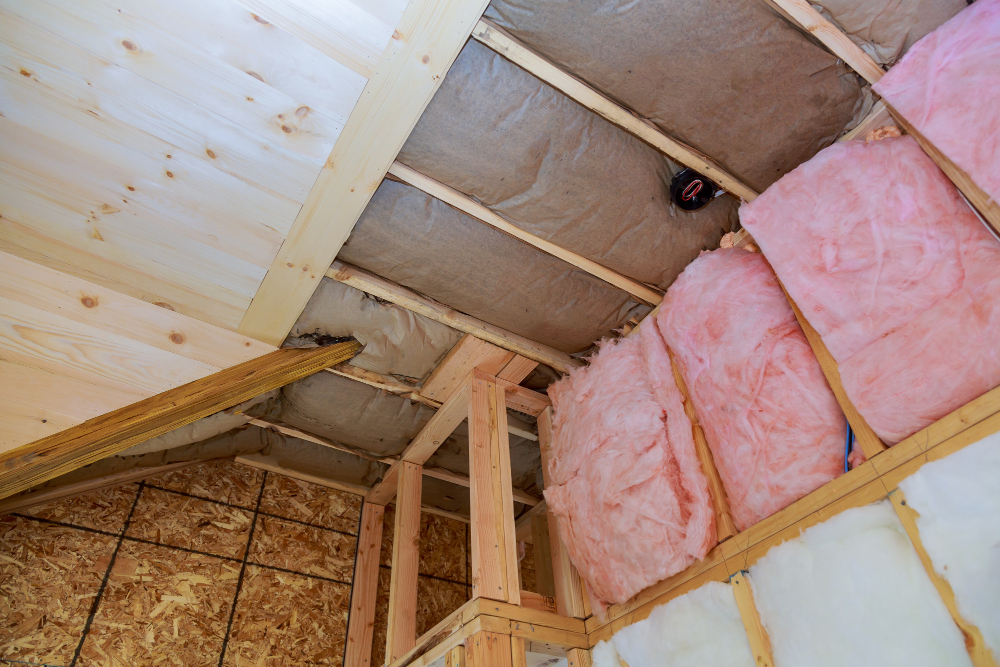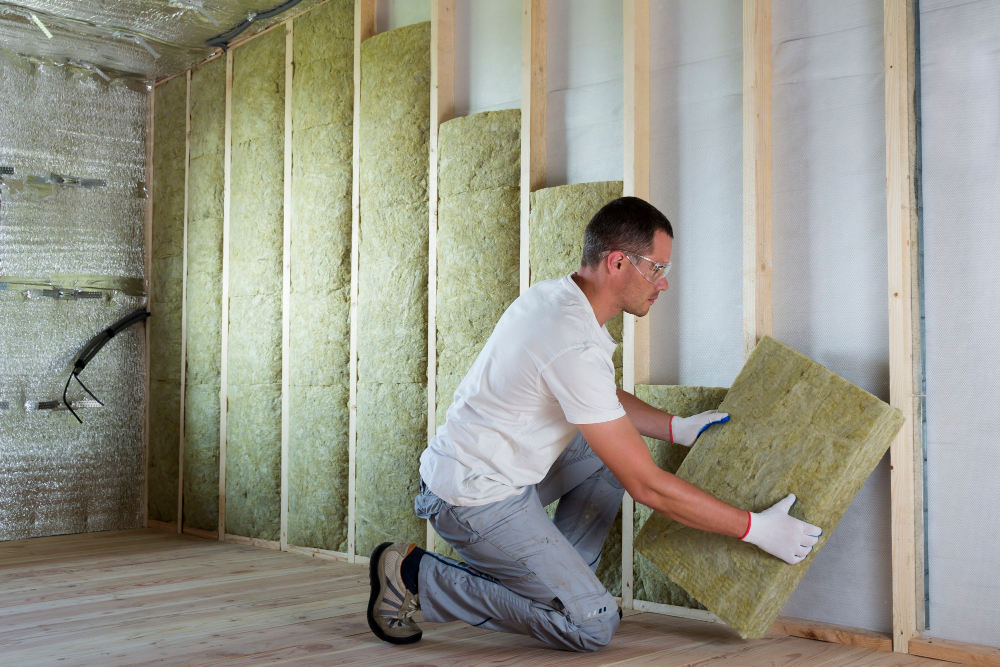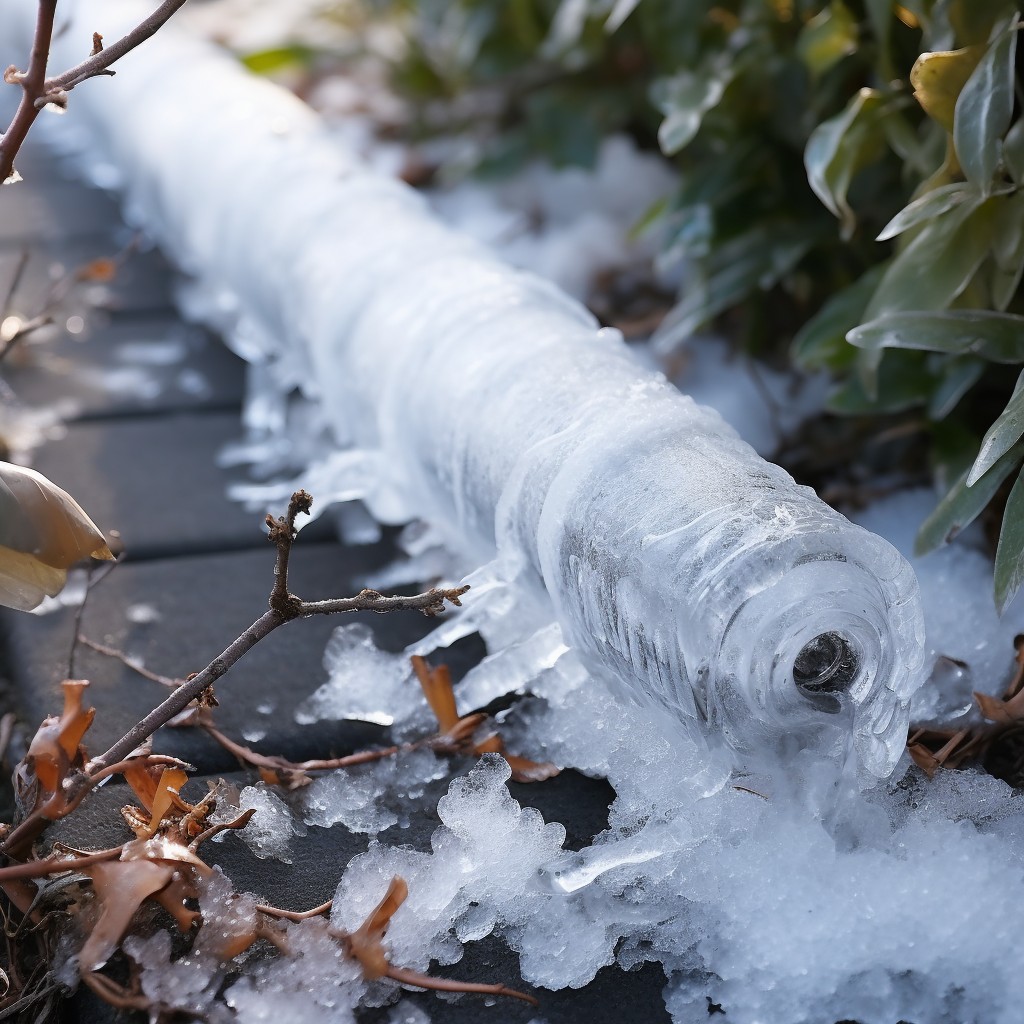Last updated on
Explore the world of eco-friendly and cost-effective alternatives to spray foam insulation that provide excellent thermal performance and improve your home’s energy efficiency.
Are you looking for ways to insulate your home without breaking the bank? Spray foam insulation has become a popular choice in recent years, but it can come with a hefty price tag. Fear not, there are plenty of alternatives that can provide just as much insulation at a fraction of the cost.
In this article, we’ll explore some of these options and help you find the perfect solution for your budget and needs. Keep reading to discover how you can keep your home warm and cozy without spending a fortune on spray foam insulation.
Foam Insulation Board Alternatives
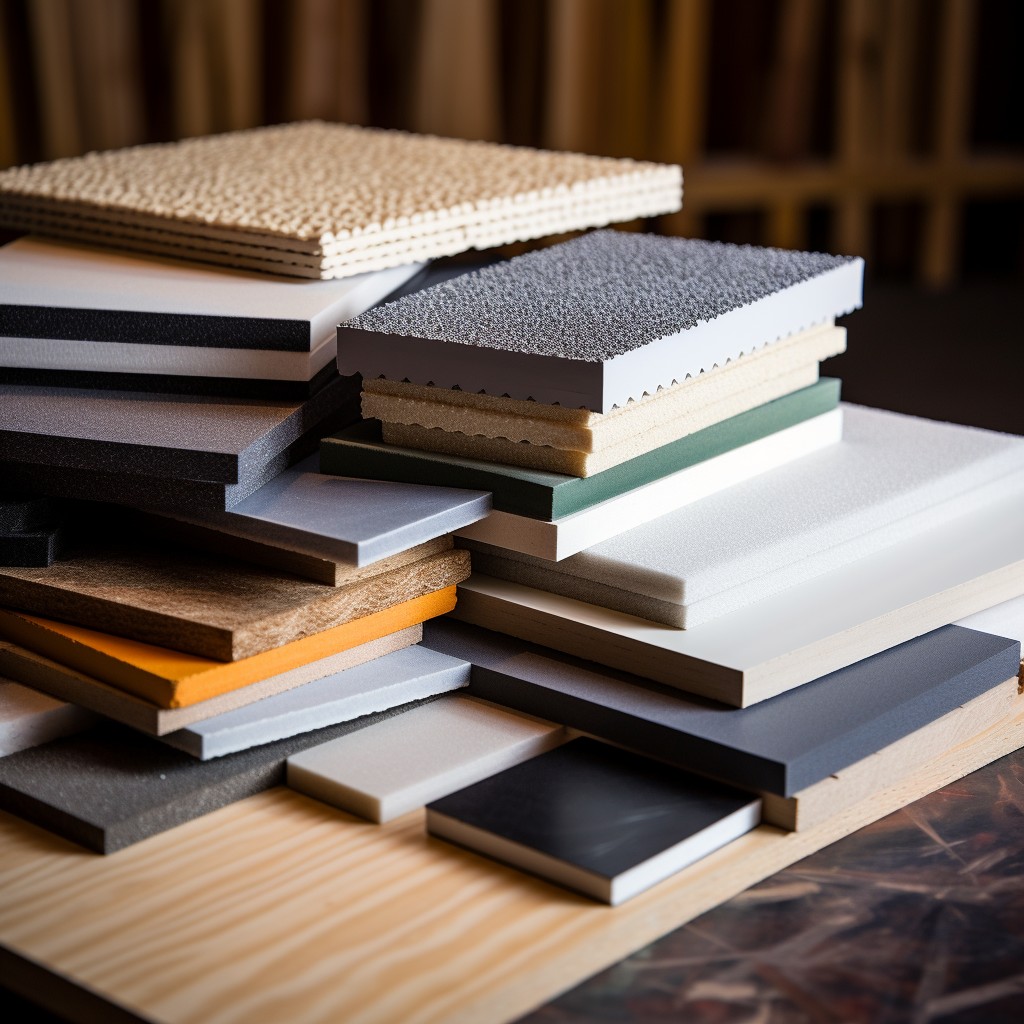
Foam insulation boards are a popular choice for insulating walls, roofs, and floors. However, they can be expensive and may not be the best option for those on a tight budget.
Fortunately, there are several alternatives to foam insulation boards that offer similar thermal performance at a lower cost.
One of the most common alternatives is fiberglass insulation. This type of insulation is made from fine glass fibers and comes in batts or rolls that can easily fit between studs or joists.
Fiberglass has been used as an alternative to foam board for decades due to its affordability and ease of installation.
Another alternative worth considering is mineral wool insulation which offers excellent fire resistance properties while also being eco-friendly since it’s made from recycled materials such as slag (a byproduct of steel production) or rock wool (made from volcanic rocks). Mineral wool provides great soundproofing capabilities too making it ideal if you live near busy roads or noisy neighbors.
Cellulose Insulation is another affordable option that consists mainly of shredded newspaper treated with chemicals like boric acid which makes them resistant against pests like rodents & insects while also providing good thermal protection against heat loss/gain through walls/ceilings/floors etc.,.
Fiberglass Insulation
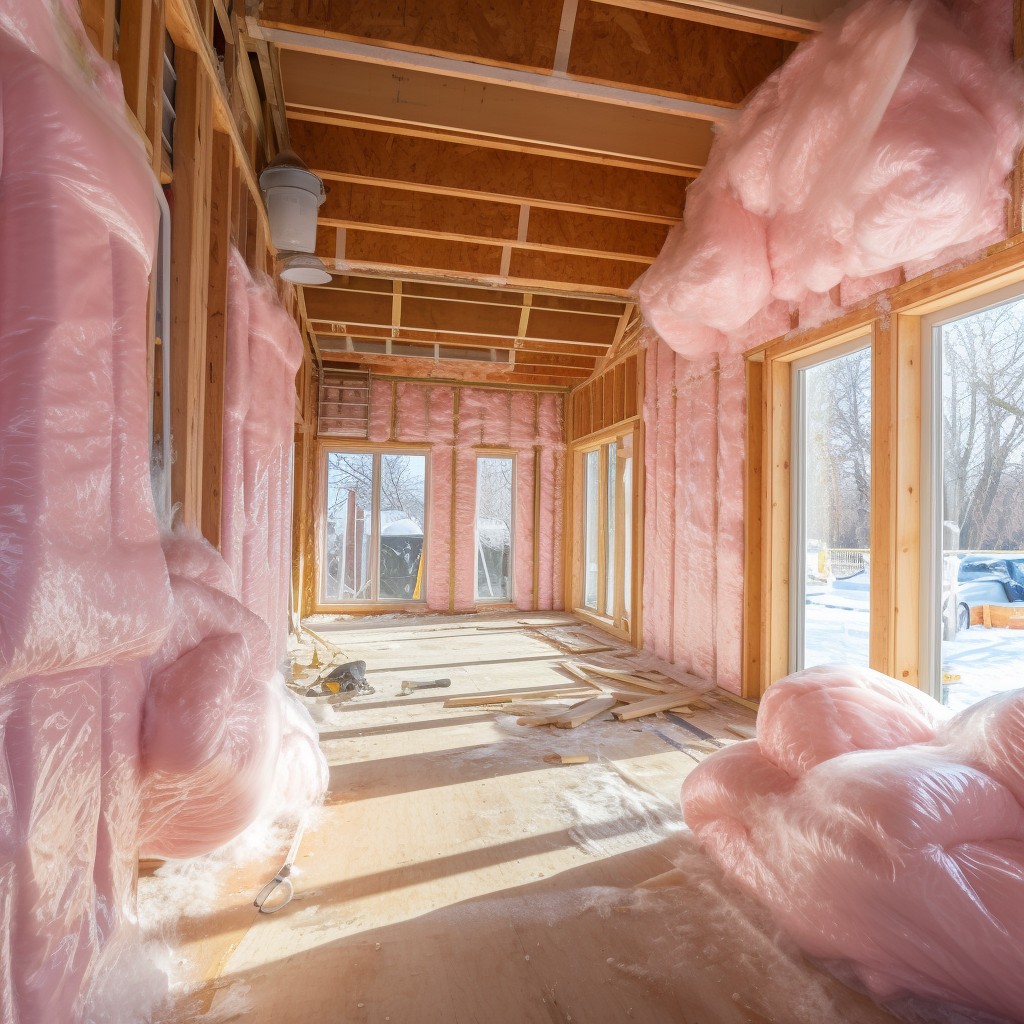
It’s made of tiny glass fibers and comes in batts or rolls that can be easily installed between wall studs, ceiling joists, and floorboards. Fiberglass insulation is affordable, easy to install, and provides excellent thermal performance.
One of the main advantages of fiberglass insulation is its cost-effectiveness. It’s one of the most affordable types of home insulations available on the market today.
It doesn’t require any special equipment or skills to install it yourself if you’re up for a DIY project.
Another benefit is its versatility; fiberglass batts come in different sizes and thicknesses so they can fit into almost any space without much hassle during installation.
However, there are some downsides as well; fiberglass particles can cause skin irritation when touched directly with bare hands or inhaling them while installing them without proper protective gear such as gloves masks etc., which makes safety precautions necessary during installation.
Mineral Wool Insulation

Made from natural rock or slag, mineral wool is an eco-friendly and cost-effective option that provides excellent thermal performance. It’s also fire-resistant and can help reduce noise pollution in your home.
One of the main advantages of mineral wool insulation over spray foam is its affordability. While spray foam can be expensive, especially if you have a large area to cover, mineral wool comes at a fraction of the cost without compromising on quality.
Another benefit of using mineral wool as an insulator is its ability to absorb sound waves effectively. This makes it ideal for homes located near busy roads or airports where noise pollution can be a problem.
When it comes to installation, mineral wool requires professional handling due to its fibrous nature which may cause skin irritation when exposed directly without protective gear such as gloves and masks during installation.
Cellulose Insulation

Made from recycled paper products, it’s a great option for those looking to reduce their carbon footprint while keeping their homes warm and cozy. Cellulose insulation is blown into walls, attics, and other spaces using specialized equipment that ensures even distribution throughout the area.
One of the benefits of cellulose insulation is its ability to provide excellent thermal performance. It has a higher R-value than fiberglass batts or loose-fill fiberglass, meaning it can keep your home warmer in winter and cooler in summer without requiring additional heating or cooling systems.
Another advantage of cellulose insulation is its fire resistance properties. Unlike some other types of insulations that are highly flammable, cellulose contains borate compounds which make it resistant to fire damage.
When installing cellulose insulation as an alternative to spray foam options like polyurethane foam (SPF), homeowners should ensure they work with experienced professionals who have proper training on how best this type works for different areas such as walls or ceilings.
Recycled Cotton Denim Insulation

Made from recycled denim, this type of insulation is free from harmful chemicals and can be easily installed in your home. It provides excellent thermal performance, reducing heat loss during the winter months and keeping your home cool in the summer.
One of the biggest advantages of recycled cotton denim insulation is its soundproofing capabilities. The dense fibers absorb sound waves, making it an ideal choice for homes located near busy roads or airports.
Installation is a breeze with this type of insulation as it comes in pre-cut batts that fit snugly between wall studs or ceiling joists. It’s also easy to handle without protective gear since there are no harmful chemicals involved.
If you’re looking for a sustainable option that won’t break the bank, consider using recycled cotton denim insulation instead of spray foam.
Natural Insulation Materials

These materials are made from renewable resources and have minimal impact on the environment. Some of the most popular natural insulation options include wool, cotton, hemp, and cork.
Wool is an excellent insulator that can retain heat even when wet. It’s also naturally fire-resistant and doesn’t release harmful chemicals into the air.
Cotton is another option that’s easy to install and has good thermal performance. Hemp fibers are durable and resistant to mold growth while cork provides excellent soundproofing in addition to its insulating properties.
One thing to keep in mind with natural insulation materials is their cost compared with traditional options like fiberglass or foam board alternatives; they may be more expensive due to their production process or limited availability depending on your location.
Rigid Foam Board Insulation
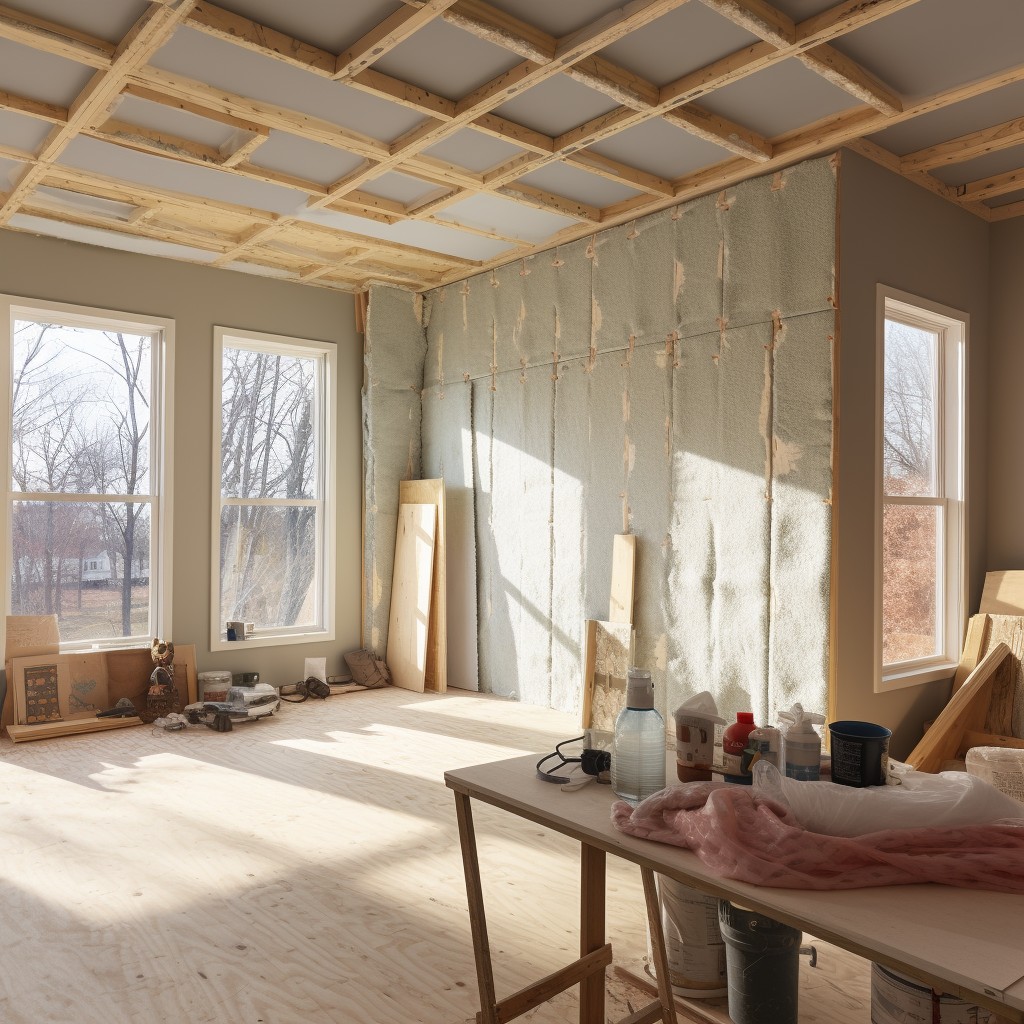
It’s made from polystyrene, polyurethane, or polyisocyanurate and comes in various thicknesses and sizes. Rigid foam board insulation has excellent thermal performance and can be used for both interior and exterior applications.
One of the benefits of rigid foam board insulation is its versatility. It can be used in walls, roofs, floors, foundations, and even as an under-slab insulator.
Its high compressive strength makes it ideal for use in areas with heavy foot traffic or where weight-bearing capacity is required.
Another advantage of rigid foam board insulation is that it’s easy to install compared to other types of insulations such as blown-in cellulose or fiberglass batts. The boards are lightweight yet sturdy enough not to break during installation.
However, there are some downsides to using rigid foam board insulation too; one being its flammability which requires additional fireproofing measures when installing near heat sources like furnaces or water heaters.
Expanded Polystyrene (EPS) Insulation

EPS is a lightweight, rigid plastic foam that has excellent thermal performance and can be used in various applications, including walls, roofs, and foundations.
One of the main advantages of EPS insulation is its affordability. It’s one of the most cost-effective options on the market today.
It’s easy to install and doesn’t require any special equipment or skills.
Another benefit of EPS insulation is its durability. It can last for decades without losing its insulating properties or breaking down over time.
However, there are some downsides to consider when using EPS as an alternative to spray foam insulation. For example:
- While it provides good thermal resistance (R-value), it may not perform as well in extreme temperatures.
- Some people have concerns about the environmental impact of polystyrene products since they’re made from non-renewable resources.
- There are also safety concerns related to fire hazards associated with polystyrene materials.
Extruded Polystyrene (XPS) Insulation
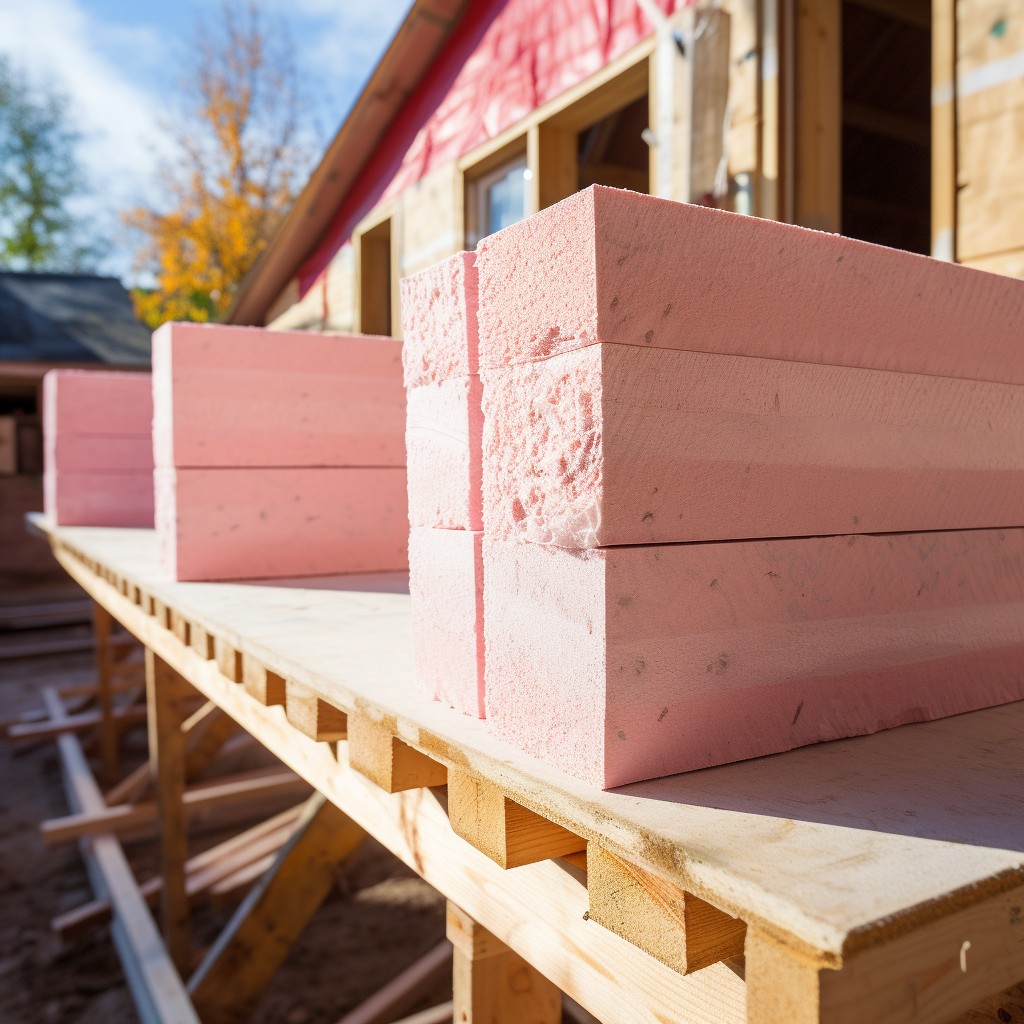
XPS is a rigid, closed-cell foam board that has high compressive strength and low water absorption properties. It’s commonly used in below-grade applications such as foundation walls, basement floors, and under concrete slabs.
One of the benefits of using XPS insulation is its durability. It doesn’t degrade over time or lose its insulating properties like some other materials do.
It’s resistant to moisture and mold growth which makes it an ideal choice for areas with high humidity levels.
When installing XPS insulation boards, make sure they fit tightly together without any gaps or spaces between them to ensure maximum efficiency. Also be aware that cutting the boards can release harmful dust particles into the air so proper safety precautions should be taken during installation.
Polyisocyanurate (Polyiso) Insulation
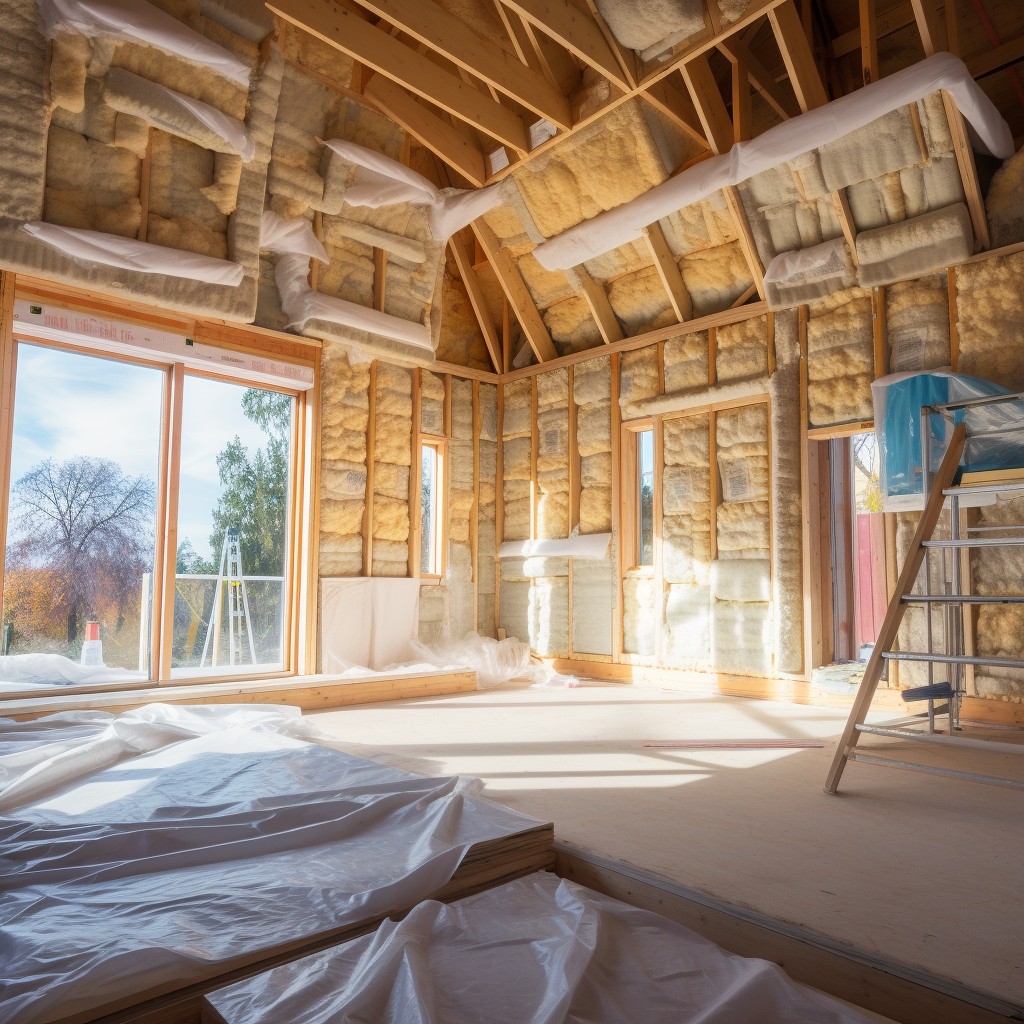
It is made from polyurethane and isocyanurate, which makes it highly resistant to heat transfer. Polyiso insulation can be used in walls, roofs, and floors to provide excellent thermal performance.
One of the main advantages of Polyiso insulation over other types of foam board insulations like EPS or XPS is its high R-value per inch thickness. This means that you can achieve the same level of thermal resistance with less material than other types.
Another benefit of Polyiso insulation is its fire-resistant properties due to the addition of flame retardants during manufacturing. This makes it a safer option for homes compared to some alternatives like cellulose or fiberglass.
However, one thing homeowners should keep in mind when considering this type of alternative foam board insulations are their cost as they tend to be more expensive than traditional options such as fiberglass batts or blown-in cellulose.
Radiant Barrier Insulation

It’s made up of a thin layer of aluminum foil or other reflective material, which is installed in the attic or on the underside of roof decking. Radiant barriers are particularly effective in hot climates where air conditioning costs can be high.
Unlike traditional insulation materials, radiant barriers don’t absorb heat; they simply reflect it back to its source. This means that they work best when there’s an air gap between them and any other surface (such as roofing felt).
The effectiveness of radiant barrier insulation depends on several factors, including installation quality and orientation relative to the sun.
While not suitable for all homes or climates, radiant barrier insulation can be an excellent alternative to spray foam for those looking to reduce their energy bills without breaking their budget.
Structural Insulated Panels (SIPs)
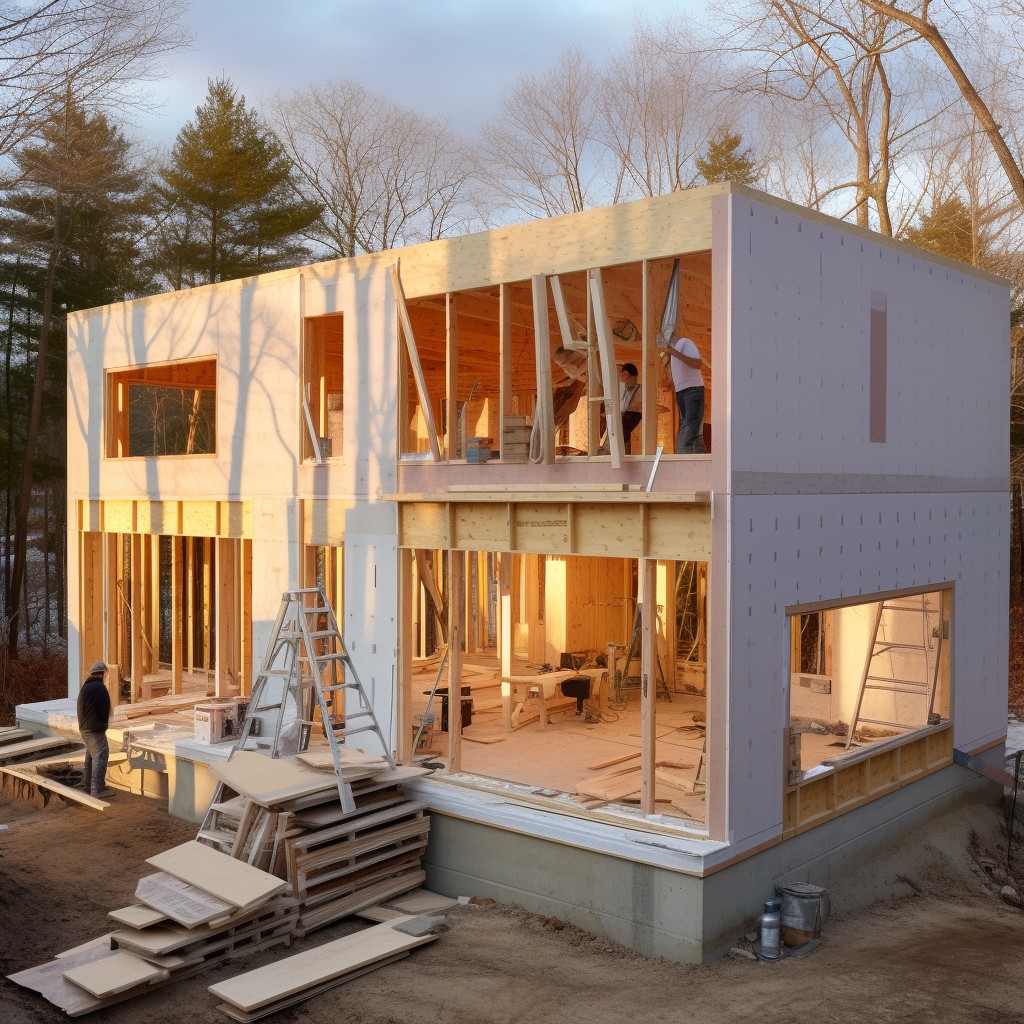
They consist of two layers of oriented strand board (OSB) with a layer of rigid foam insulation sandwiched in between. SIPs provide excellent thermal performance and can be used for walls, roofs, and floors.
One advantage of using SIPs is that they are easy to install and require less labor than traditional framing methods. They also have fewer air leaks than conventional construction materials, which means your home will be more energy-efficient.
Another benefit is that SIPs offer superior strength compared to other types of insulation materials. The panels can withstand high winds and heavy snow loads without buckling or warping.
However, there are some downsides to consider when choosing this type of insulation material. For one thing, the initial cost may be higher than other alternatives on our list due to the specialized manufacturing process involved in creating them.
If not installed correctly by an experienced professional contractor who knows how these panels work together as part o fthe building envelope system it could lead up into moisture problems such as mold growth or rotting wood over time.
Insulated Concrete Forms (ICFs)

ICFs consist of hollow blocks made from expanded polystyrene or other insulating materials, which are filled with concrete to create a strong and durable wall system. The result is an insulated structure that can withstand extreme weather conditions while reducing heating and cooling costs.
One of the main advantages of ICFs is their ease of installation. They come in pre-formed blocks that fit together like puzzle pieces, making it easy for builders to construct walls quickly without the need for additional framing or insulation materials.
Another benefit is their durability. Because they’re made from reinforced concrete, ICF structures can withstand high winds, earthquakes, fire damage and even hurricanes better than traditional wood-framed homes.
ICFs also offer superior soundproofing qualities compared to other types of insulation due to their solid construction which reduces noise transmission between rooms.
Aerogel Insulation
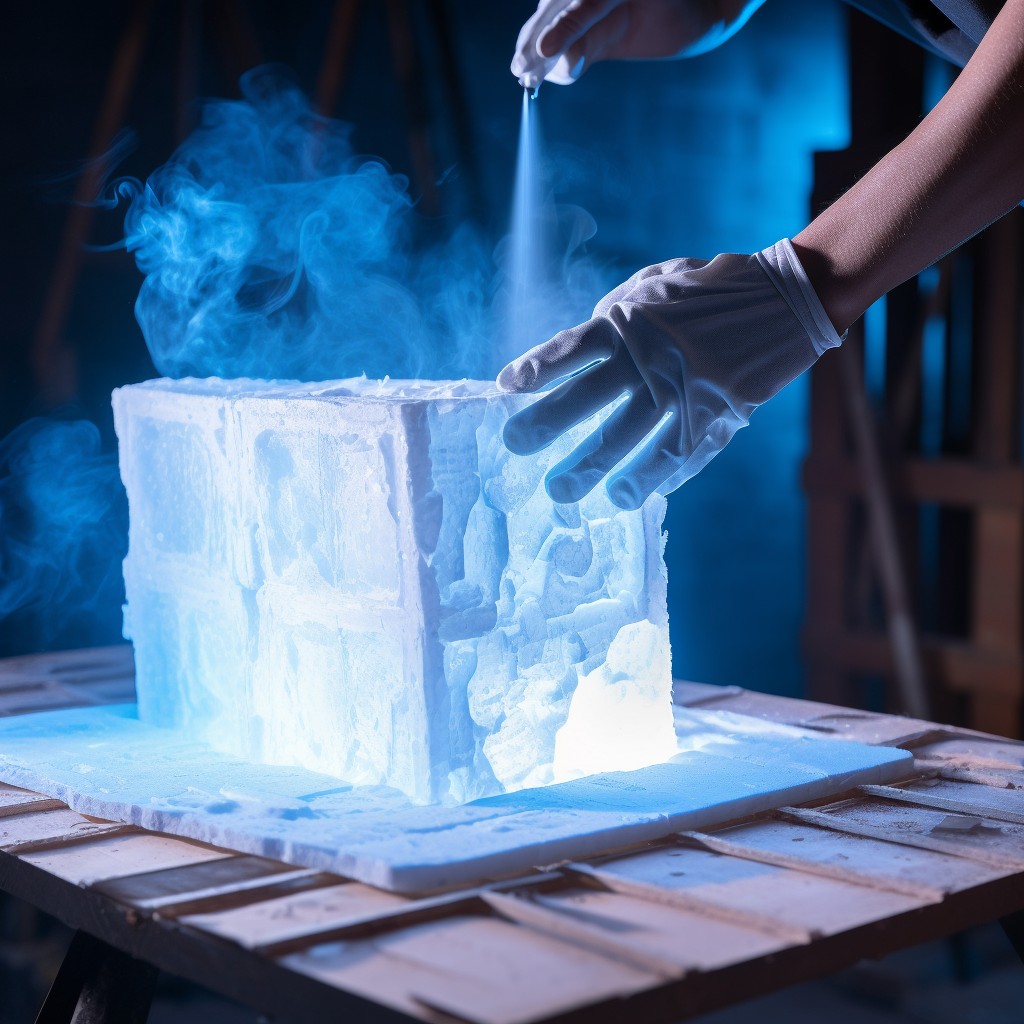
It’s made from a gel that has been dried to create an extremely lightweight, porous material with excellent insulating properties. Aerogel is often referred to as “frozen smoke” due to its translucent appearance and low density.
One of the main advantages of aerogel insulation is its superior thermal performance compared to other types of insulation materials. It has the lowest thermal conductivity of any solid material, which means it can provide better heat resistance than even spray foam or fiberglass.
Another benefit of aerogel insulation is its flexibility and ease-of-use in installation. Unlike rigid foam board or mineral wool, aerogels can be easily cut into any shape or size needed for your specific project without losing their insulating properties.
However, one downside of using this type of alternative insulation option may be cost; it tends towards being more expensive than some other options on the market today.
Insulation Performance Comparison

You want a material that will effectively keep your home warm in the winter and cool in the summer while also reducing energy costs. To help you make an informed decision, we’ve put together a comparison of some of the most popular insulation materials on the market.
Fiberglass insulation is one of the most commonly used types and has been around for decades. It’s affordable, easy to install, and provides good thermal performance with an R-value (a measure of thermal resistance) ranging from 2.9 to 3.8 per inch.
Mineral wool insulation is another popular option that offers excellent fire resistance as well as soundproofing capabilities due to its dense composition. Its R-value ranges from 3-4 per inch.
Cellulose Insulation made from recycled paper products treated with chemicals for fire retardancy can be blown into walls or attics providing great coverage at low cost but may settle over time reducing its effectiveness.
Recycled Cotton Denim Insulation made by recycling old denim jeans provides excellent acoustic properties along with high insulating value but can be expensive compared other alternatives.
Natural Insulation Materials like sheep wool or hemp are eco-friendly options which provide good insulating values however they tend to be more expensive than traditional fiberglass batts.
Installation Guide for Foam Alternatives
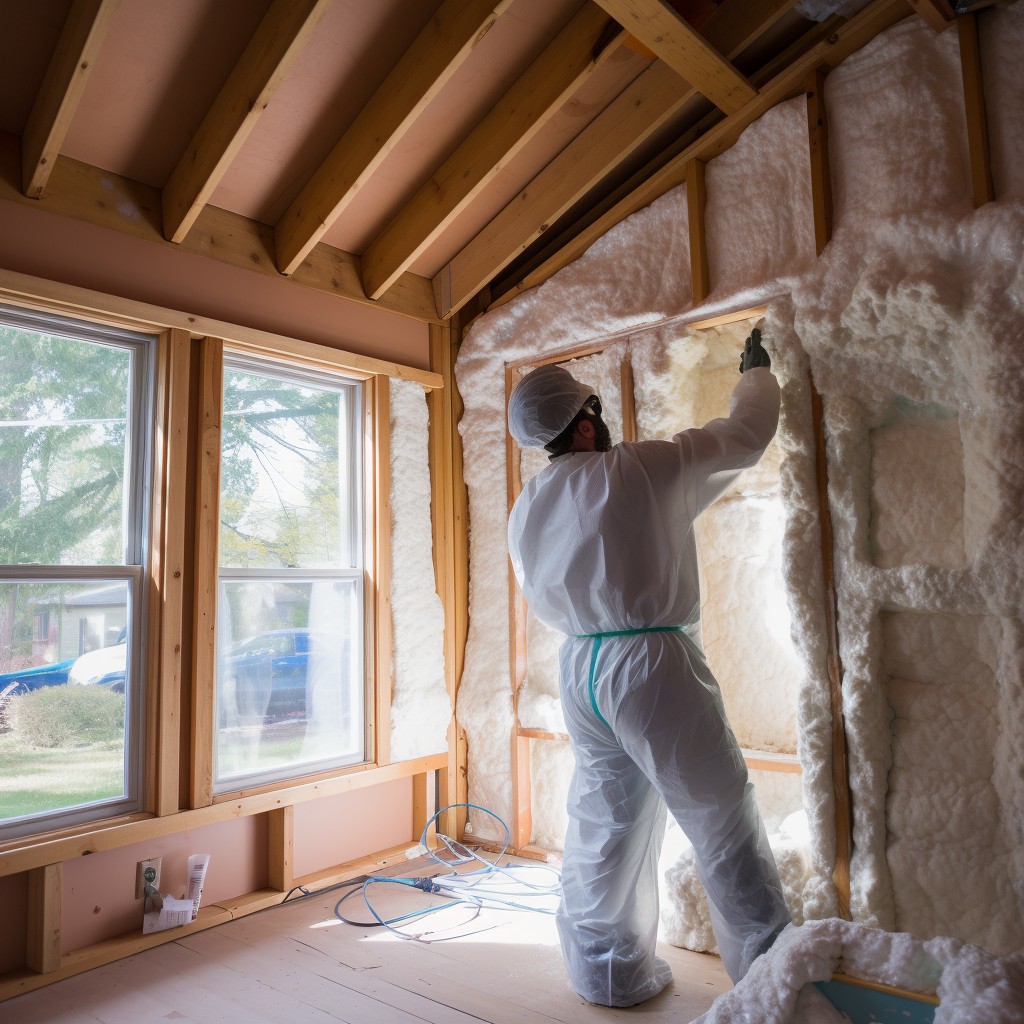
Some options require professional installation, while others are DIY-friendly and easy to install yourself. Before starting any installation project, make sure you have all the necessary tools and equipment on hand.
For example, if you’re considering fiberglass insulation as an alternative to spray foam insulation, keep in mind that it requires protective gear such as gloves and a mask due to its small glass fibers that can irritate your skin or lungs when inhaled. You’ll also need a utility knife or scissors for cutting the material into shape.
On the other hand, rigid foam board insulation is relatively simple to install with just a few basic tools like a saw for cutting boards into size according to your wall measurements; adhesive glue or tape for attaching them onto walls; caulking gun (optional) used around edges where gaps may occur between panels during application.
Safety Concerns and Precautions

While spray foam insulation is known for its excellent thermal performance, it can also pose some health risks if not installed properly. The chemicals used in spray foam insulation can cause skin and eye irritation, respiratory problems, and even allergic reactions in some people.
Fortunately, many of the alternatives to spray foam are much safer to handle and install. Fiberglass batts or blown-in fiberglass are made from recycled glass fibers that do not contain any harmful chemicals or irritants.
Mineral wool is another safe option that provides excellent fire resistance as well as soundproofing capabilities.
If you decide to go with an alternative form of insulation other than traditional fiberglass batts or mineral wool make sure you follow all manufacturer instructions carefully when installing them yourself; otherwise hire a professional installer who has experience working with these materials.
Longevity and Maintenance of Alternative Insulations
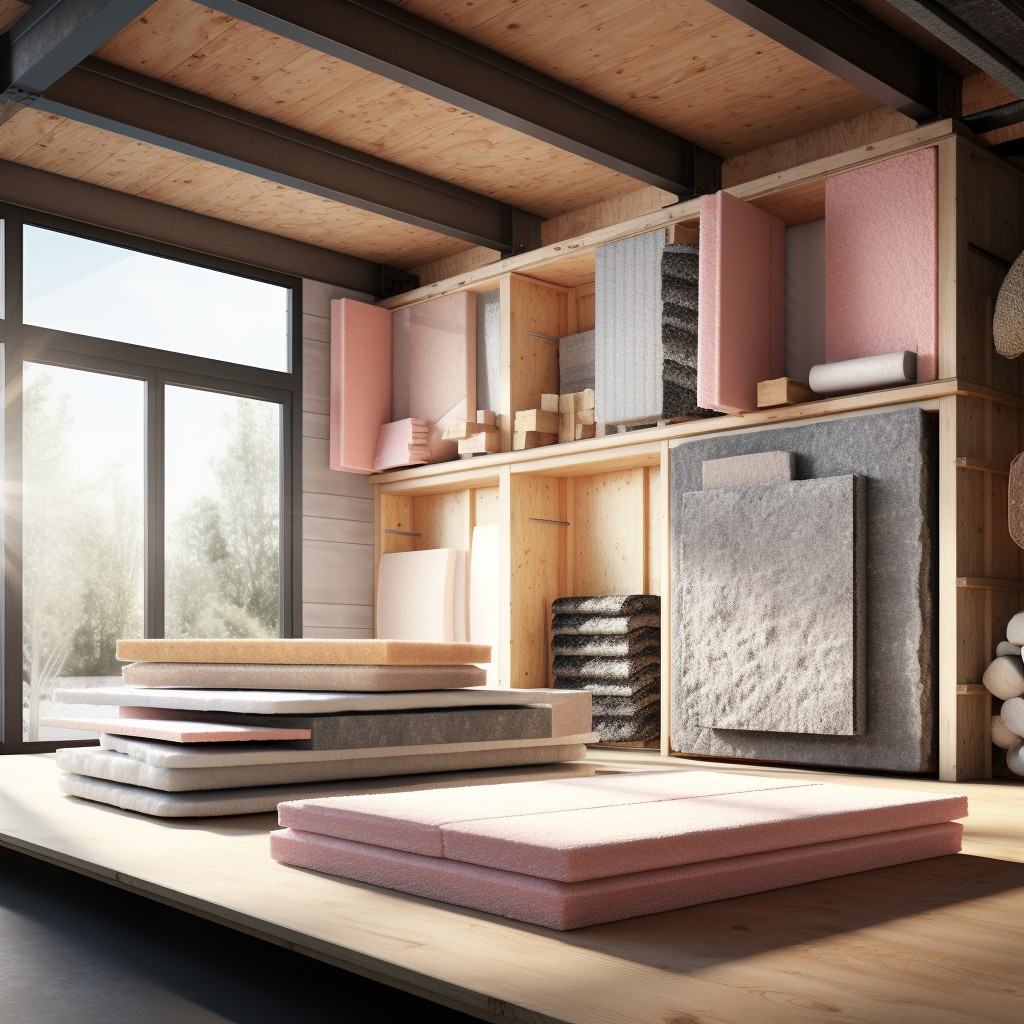
While spray foam insulation can last up to 80 years, some of the alternative options have a shorter lifespan. For example, fiberglass insulation typically lasts around 10-25 years before needing replacement or additional installation.
However, proper maintenance can extend the life of any type of insulation. It’s essential to keep your home’s ventilation system in good condition and ensure that there are no air leaks that could compromise your insulating material.
Some types of alternative insulations require more upkeep than others. Natural materials like wool or cotton may need regular pest control measures as they attract rodents and insects more easily than synthetic materials like polystyrene.
Environment-Friendly Insulation Options
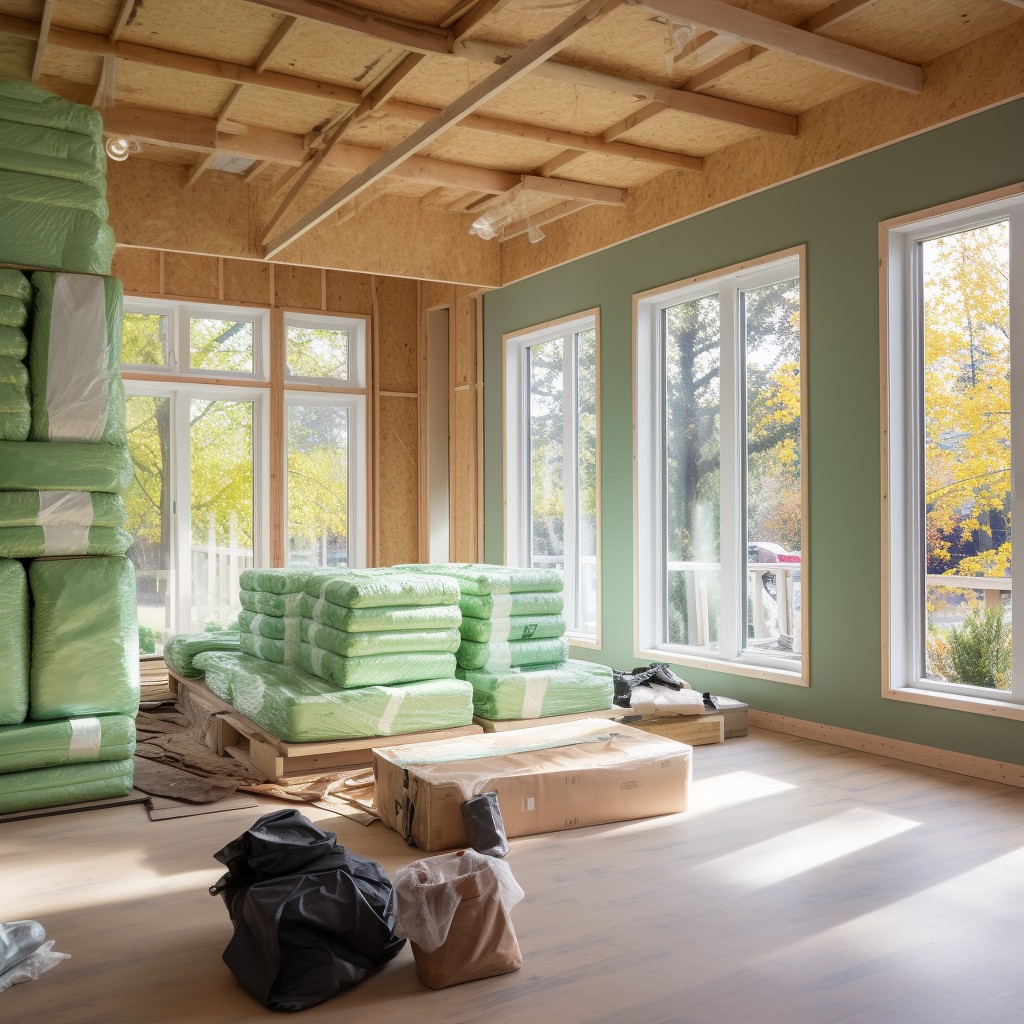
Many eco-friendly alternatives to spray foam insulation are made from recycled or renewable materials, making them a sustainable choice for homeowners who want to reduce their carbon footprint.
One such option is cellulose insulation, which is made from recycled paper products and treated with fire retardants. This type of insulation has excellent thermal performance and can be blown into walls or attics using specialized equipment.
Another eco-friendly alternative is natural fiber insulations like wool, cotton denim, hemp fibers, and straw bales. These materials provide good thermal resistance while being biodegradable at the end of their life cycle.
Radiant barrier insulations reflect heat away from your home in hot climates by reflecting radiant energy back towards its source instead of absorbing it into your home’s structure. It works by installing reflective material between roof rafters or attic floor joists to keep heat out during summer months when temperatures soar high.
Government Rebates and Incentives
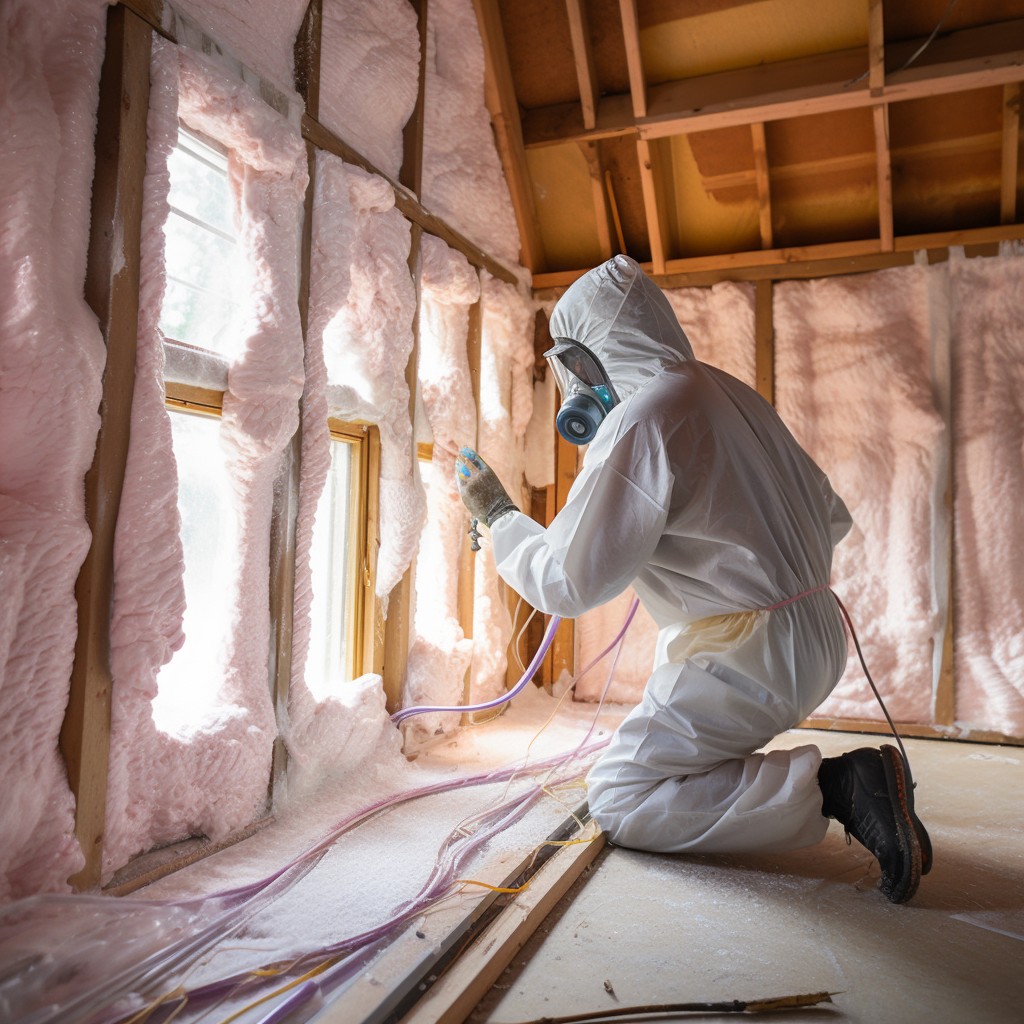
Many states and local governments offer programs that can help offset the cost of upgrading your home’s insulation. These programs are designed to encourage homeowners to make energy-efficient upgrades that reduce their carbon footprint and lower their utility bills.
To find out what rebates or incentives are available in your area, start by checking with your state or local government’s energy office. They should have a list of current programs along with eligibility requirements and application procedures.
Some common types of incentives include tax credits, cash-back rewards, low-interest loans, grants for low-income households or those living in areas affected by natural disasters such as hurricanes or floods.
By taking advantage of these opportunities offered by the government agencies you can not only save money but also contribute towards making our planet greener!.
FAQ
What is better than spray foam insulation?
Blown-in insulation is better than spray foam insulation because it can fill small gaps and hard-to-reach areas, is available in the most commonly used material (fiberglass), and is more cost-effective while fulfilling a wider range of applications.
Why not to use spray foam insulation?
Spray foam insulation should not be used due to the risk of developing asthma or other breathing problems, along with eye and skin irritation from exposure to harmful chemicals, and potential foul odors from poor installation.
What is the downside to spray foam insulation?
The downside to spray foam insulation is its considerably higher cost compared to fiberglass and the recommendation against self-application for anything beyond small jobs.
Is there an environmentally friendly spray foam insulation?
Yes, there is an environmentally friendly spray foam insulation called spray polyurethane foam (SPF), which has become the ‘green solution’ of choice for many architectural designers, builders, and homeowners due to its viability and sustainability.
What are the top eco-friendly alternatives to spray foam insulation?
Top eco-friendly alternatives to spray foam insulation include cellulose, sheep’s wool, cork, cotton batts, and rockwool.
How does the cost of alternative insulation materials compare to spray foam insulation?
Alternative insulation materials typically have a lower initial cost compared to spray foam insulation, but their overall performance may be less effective.
Can traditional insulation materials provide similar energy efficiency as spray foam insulation?
Traditional insulation materials cannot provide similar energy efficiency as spray foam insulation.
Recap
Liked this article? Here's what you can read next:
